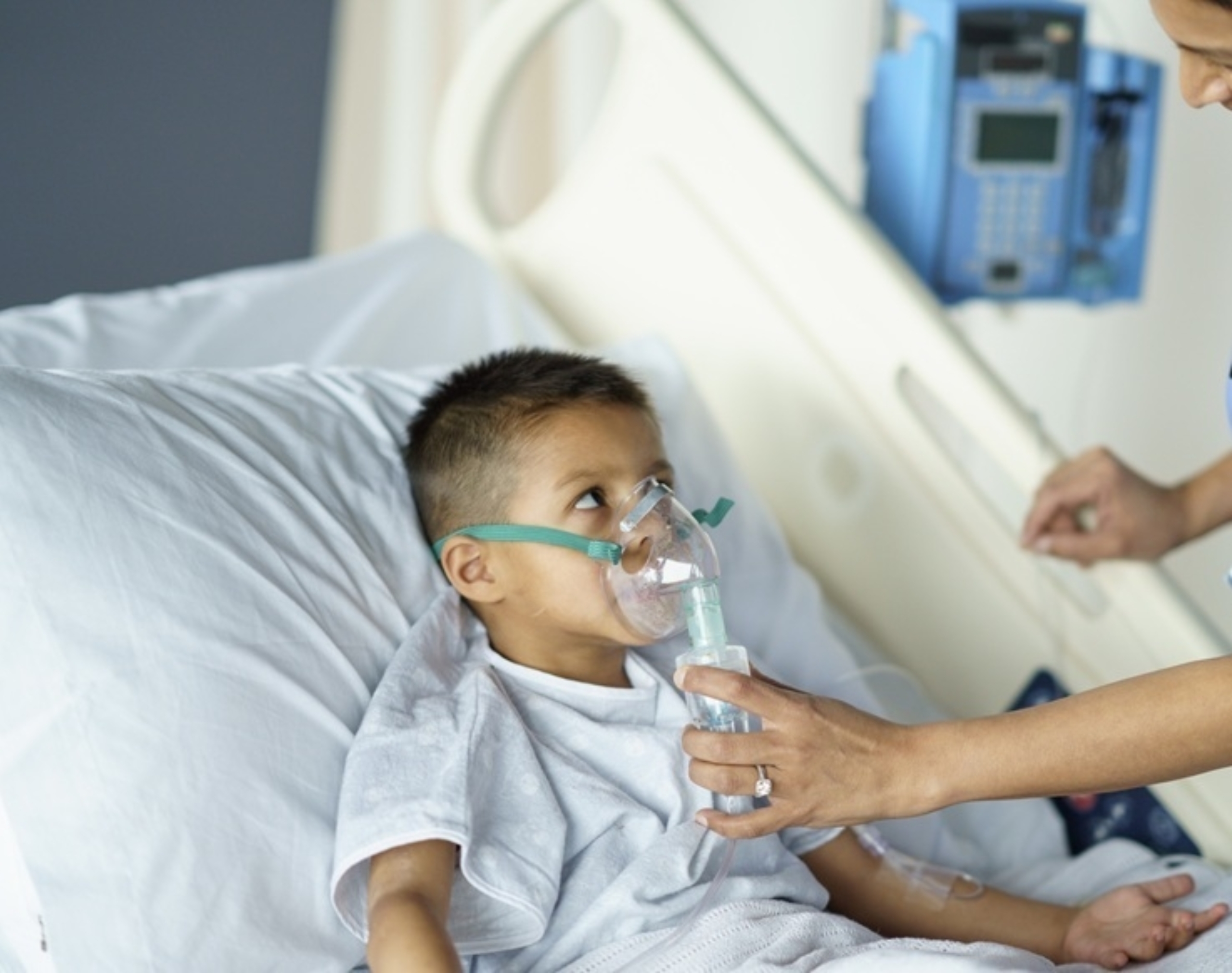
AUSTIN, Texas — Asthma-related emergency room visits spike every year when kids return to school and are exposed to respiratory viruses like common colds and the flu — and the increase is significantly worse for children living in disadvantaged neighborhoods. A new study from researchers at Dell Medical School at The University of Texas at Austin highlights how neighborhood conditions shape this seasonal surge of virus-triggered asthma emergencies.
Led by Darlene Bhavnani, Ph.D., MPH, an infectious disease epidemiologist in Dell Med’s Department of Population Health, the study — published in The Journal of Allergy and Clinical Immunology — found that children in under-resourced communities face sharply higher rates of asthma flare-ups tied to viral infections during the first weeks of school.
“Every parent knows the start of the school year can bring colds and sniffles,” Bhavnani said. “But for kids with asthma, those viral infections can quickly turn dangerous — and our research shows the risk isn’t equal. Children in more disadvantaged neighborhoods are bearing an uneven share of this burden.”
Using health data from Texas’ four largest cities between 2016 and 2019, Bhavnani and her team analyzed emergency department visit rates across 3,000 neighborhoods before and after children went back to school. As expected, asthma-related ER visits surged when children went back to school each year — but the increase was significantly greater in neighborhoods with higher levels of poverty and social vulnerability. This suggests that living in a disadvantaged area may raise a child’s risk of viral infections that often trigger asthma emergencies, Bhavnani said.
The study also points to why these flare-ups are worse in some neighborhoods: factors such as crowded classrooms, environmental stress, and limited access to sick leave among caregivers can make it easier for viruses to spread — and harder for kids with asthma to recover.
“Back-to-school season shouldn’t mean a trip to the ER,” Bhavnani said. “We need to focus not just on managing asthma, but on the environments kids are returning to and their risk of viral infections — in homes, schools and neighborhoods.”
For parents of children with asthma, Bhavnani encourages proactive planning as the school year begins:
- Talk to your child’s doctor about updating their asthma action plan.
- Make sure teachers and school nurses know your child’s triggers and medications.
- Advocate for cleaner air and healthier school environments in your neighborhood.
“This study reinforces what many families already feel,” Bhavnani said. “Health risks don’t stop at the clinic door — they start at home, at school and across our neighborhoods. By understanding those risks, we can start to fix them.”